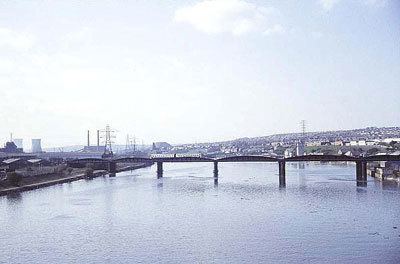Design Hog-back bridge Total length 213 m Location Tyne and Wear Construction end 1871 | Locale Tyne and Wear, England Opened 1871 Width 7.7 m | |
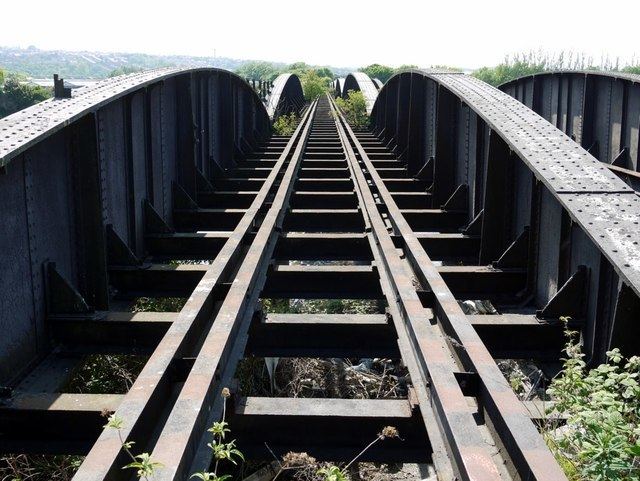 | ||
Carries Water mainsGas mainsformerly Railway Similar Warden Railway Bridge, Old Haydon Bridge, Ridley Bridge, Border Counties Bridge, Blaydon Bridge | ||
The Scotswood Railway Bridge is a disused railway bridge crossing the River Tyne in North East England, formerly part of the Newcastle and Carlisle Railway, carrying the main line between the Scotswood and Blaydon stations.
Contents
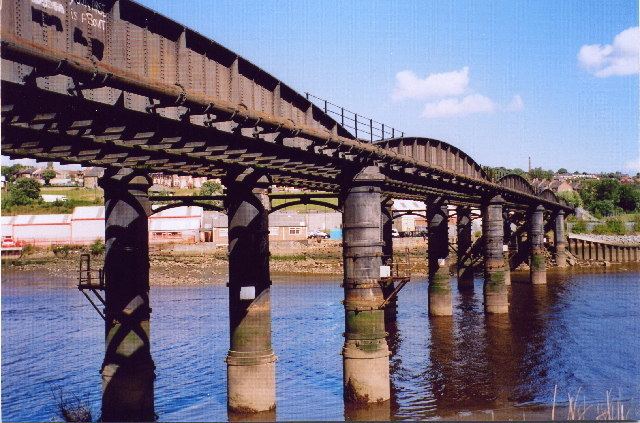
History
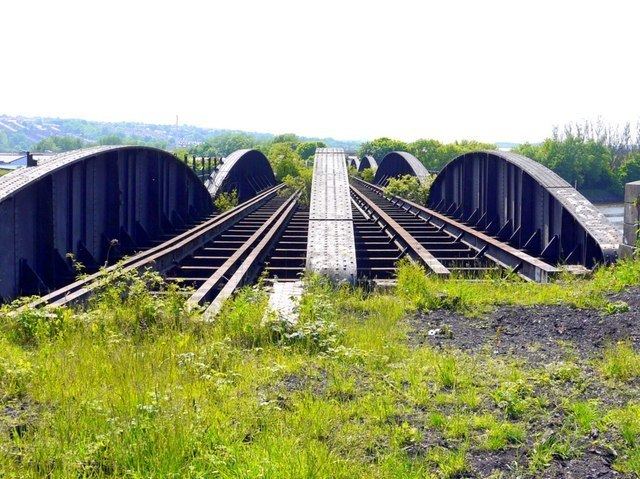
The first railway bridge across the River Tyne at this location was a timber bridge completed in 1839. This was destroyed by fire caused by hot ash from a passing train in 1860. A wooden replacement opened in 1861 which was then replaced by a temporary single track bridge in 1865.
The current bridge
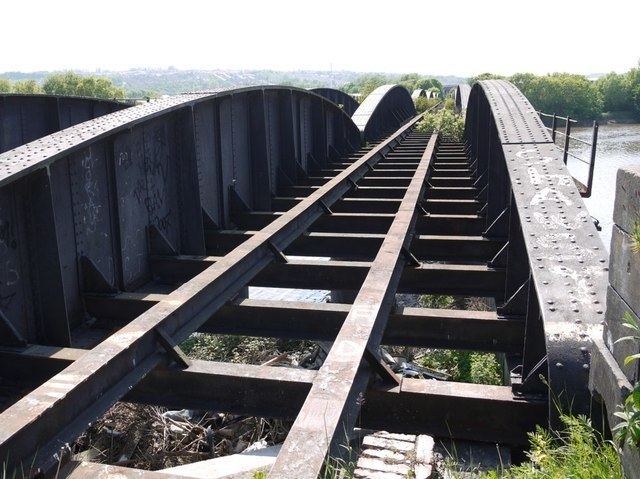
The fourth bridge on this site was opened in 1871 and cost £20,000 to build. It is a six-span wrought-iron hog-back bridge on five cast-iron cylinder piers. It was set at an angle to the river so that trains could approach the bridge at speed, there being no sharp curve onto the bridge. It required strengthening in 1943. It was taken out of use permanently in November 1982, when the trains on the N&CR were re-routed across the King Edward VII Bridge and through Dunston. Goods trains continued to use the line on the north side of the Tyne up until around 1990, taking coal to the Stella North Power Station and materials to the Ever Ready battery factory at Newburn.
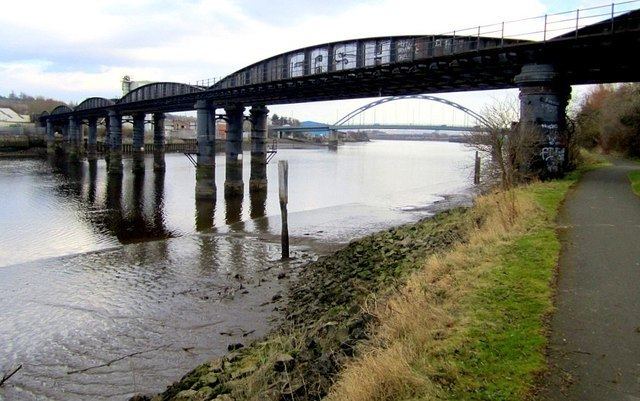
The bridge is still used to carry water and gas mains over the river but the railway tracks have been removed and it is no longer possible to cross safely.

